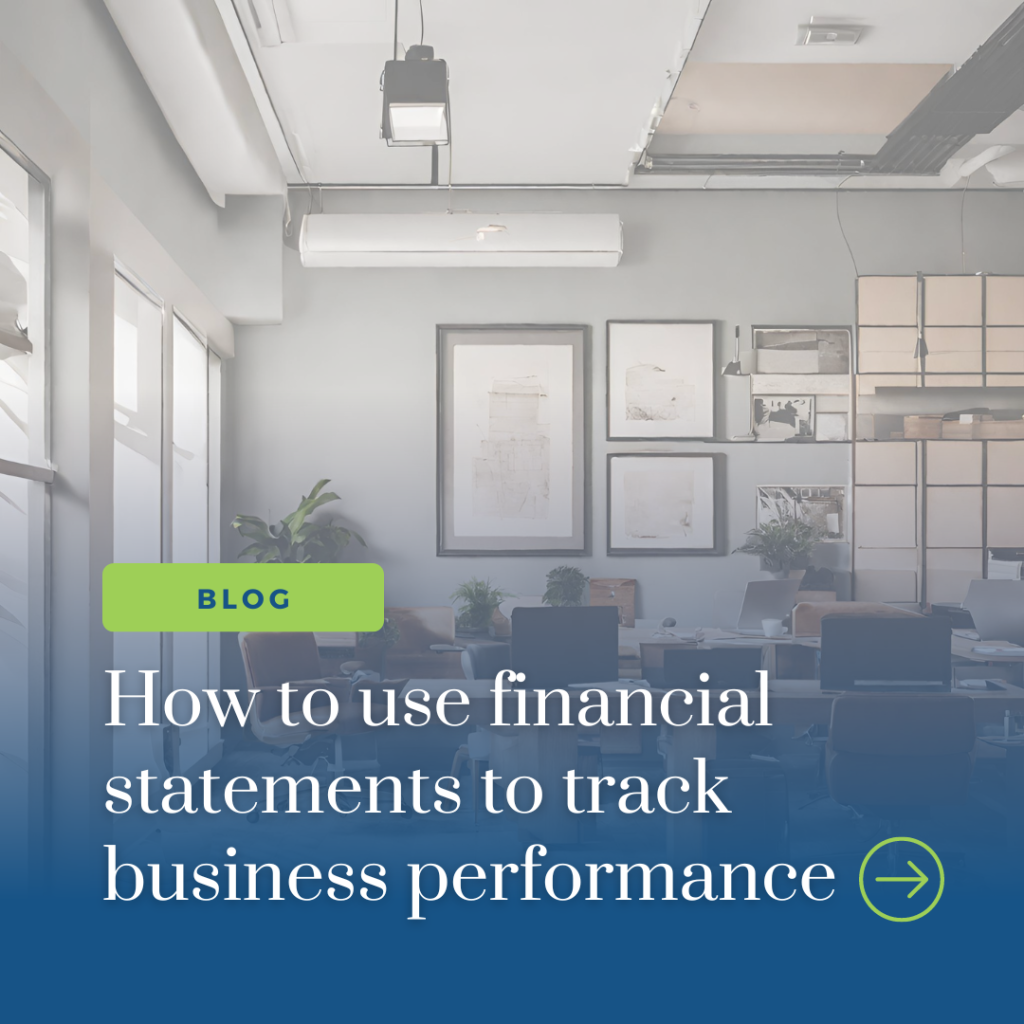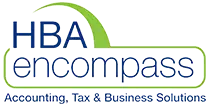You get a you get a set of financial statements from your accountant at the end of the year. You can also prepare a set of financial statements, your profit and loss and balance sheet at any time through the year if you’ve got a computerised system that’s up to date, such as Xero. What do they actually mean? How would I use it to track business performance?
Most people get them from their bank accountant and put them in a cupboard but they actually mean something and it’s really important that you do understand what they mean. There’s a few things that as business advisors we look at when we look at financial statements.
The first one is looking at your gross profit, making sure that your cost of sales is not increasing over time, because it means either the materials or your wages, whatever your cost is, has gone up. This means that you haven’t passed that increase on to your customers. If you haven’t passed on to your customers, then you’re losing out because you’re paying that cost increase on their behalf.
Secondly, we look at your overall operating expenses, we want to have a look at the percentages of turnover that they are for things like advertising, wages, rent, and we want to make sure that they’re not increasing as a percentage over time. Sure, advertising can increase from time but time but usually there’s a reason for that and you’ve got to measure the return on investment of advertising spend. That’s a whole different topic for another day.
So, we look at your profit and loss, we look at your profit, your net profit, and see how that’s going up over time because if your business is increasing, your turnover is increasing, your margins are good and your overhead costs stay the same, you should be making more profit.
Then we get to your balance sheet. The balance sheet is a snapshot in time of where things were at any particular moment.
Things that we look are:
- Your current ratio, which is how much of your current assets you’ve got to pay your current liabilities. Current assets are things that you’ve got that you can cash in quickly. Bank, debtors stock. Current liabilities are things that you owe in the next 12 months. It might be your suppliers, invoices might be your GST, your PAYG withholding and your super. If you’re a QBCC client, we also look at the next full payments of your car loans or your equipment loans as well. We want to make sure that that current ratio is at least one to one, making sure that you’ve got enough assets that are liquid to pay the bills that are due. Because if you don’t pay your bills when you do you technically insolvent and that’s a scary, scary thought.
- Then there’s a whole heap of other ratios that accountants can look at, I’m not going to run into them because I could go on for days. It’s really your operating profit or net profit, your cost of sales and your current ratio. The only other thing that we do look at is debtors turnover days and creditors turnover days because it tells us if our debtors are getting slower in paying we want to make sure that we’re moving on them and keeping the cash running through your business and your creditors payments. If they’re dropping out. It means that you’re taking a long time to pay your creditors and you need to make sure that you’re within their terms. Because if you want to try and barter with them for better deals, you need to pay them on time.
So that’s kind of a snapshot of what balance or what financial statements are and how we use them to see how your business is going.


